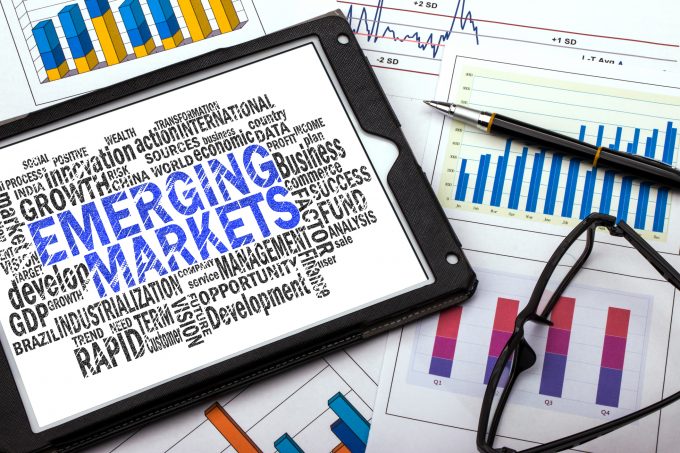Ti: Global freight forwarding 2023-2028 – market sizing & forecasts
Transport Intelligence writes: “Economic downturn, consumer behaviour shifts, and an oversupply surpassing demand have caused the ...

India has the greatest potential of all the emerging markets, it was claimed today.
According to Agility’s Emerging Markets Logistics index, published this morning, India rates second to China, but ahead of the UAE, and is been earmarked as the country where companies are most likely to invest.
With economic growth of more than 7% in recent years, it “leapfrogged China to top the Market Size & Growth Attractiveness portion of the index – a shock, given the fact that China’s annual GDP is roughly five ...
Maersk Air Cargo sees volumes fall as it aims for 'margin in favour of revenue'
Keep our news independent, by supporting The Loadstar
Container spot rates diverge: to Europe still falling, but firmer to the US
Hapag-Lloyd won't take bookings if port congestion leaves cargo stranded
Ecommerce likely the front-runner in resurge of transpacific trade after deal
Airfreight players eye new routes as demand on the transpacific nosedives
China-US trade tariff pause could drive a rebound for transpacific rates
Service chaos from trade ban with India a problem for Pakistan shippers
Airfreight rates ex-China 'loss-making', but hopes of a trade deal stay high
Indian coastal freight attracts major carriers, but regional tension disrupts
Volume surge and an early peak season? 'Don't celebrate too soon,' warning
Serious threat to jobs in US logistics as tariffs cause economic 'stagflation'
APMM floats along on 'solid' Q1 profitability in Ocean, well prepared for choppy water
White House u-turns see freighters flying but keep logistics players on their toes
Carriers impose 'emergency operation' surcharges on Pakistan cargo
MSC in terminal switch as Nhava Sheva gets strong start to new fiscal year

Comment on this article